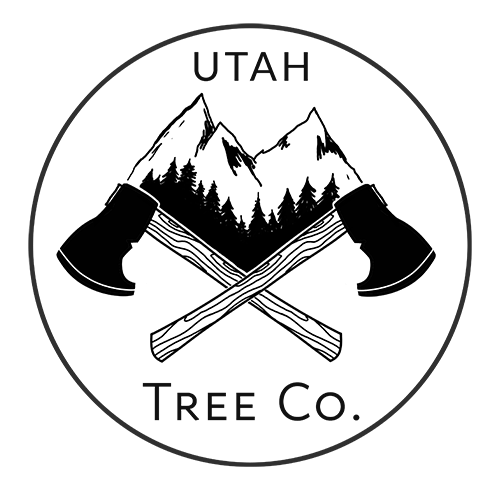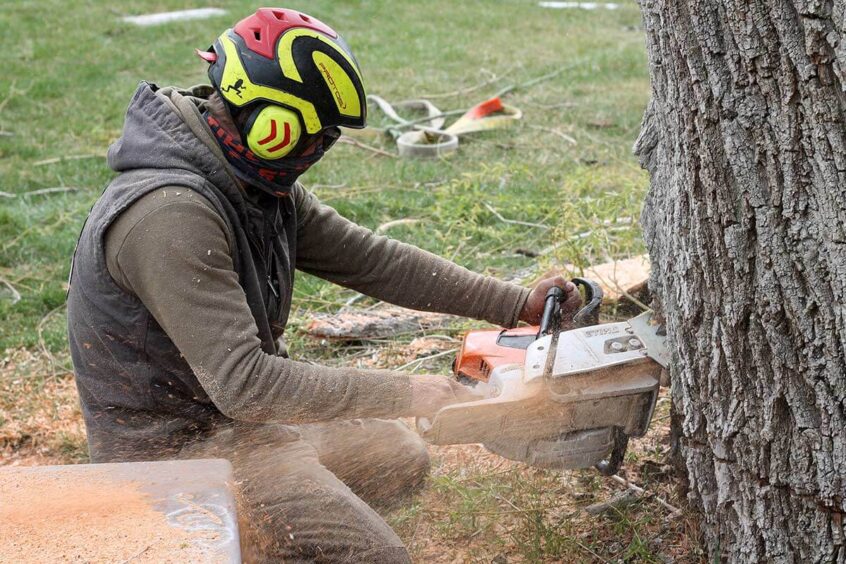In summertime most gardeners are ready to enjoy the results of their year-long labor. There’s nothing like sitting under your large, shady tree, watching your shrubs thrive in the growing season. That’s until you look up and notice a few precarious branches just waiting to tear off in a strong wind.
When trees are overgrown, damaged, or not looking their best, you must prune them as quickly as possible to avoid damage and disease. But what if it’s summer? Can you still prune trees once the temperatures heat up?
The short answer is yes. While many people think of pruning as a winter task, you can always prune trees in the summer months. However, you must be aware of a few things before you start hacking away at the branches or dramatically altering your trees’ shape. And if you’re still in doubt, consult a certified tree arborist right away.
Ready to dive into the nine do’s and don’ts of summer pruning? Let’s go!
5 Do’s of Summer Pruning
Although the best time to prune any plant is in its dormant phase, several trees may benefit from a mid-season trim as well. Additionally, summer pruning can cut down on the maintenance you’d have to do later in the year.
Here are a few summer pruning dos to help you get started!
1. Do Prune Selectively
Selective pruning helps improve your trees’ health, structure, and appearance. It also reduces risk by removing weak or hazardous parts. Remember, trees can be an asset and a liability, depending on how well you care for them. The last thing you’d want is for a weak branch to snap and fall on a loved one.
Focus on removing:
- Dead, diseased, and damaged branches
- Waterspouts and suckers
- Crowded, competing branches
- Heavy branch end weight
Because tree trimming/pruning is tougher than it looks, it’s best to hire a tree removal service in Utah. The team at Utah Tree Co will be happy to help you step up your summer pruning game safely and efficiently. Get in touch with us to learn more about our services!
2. Do Use Proper Pruning Techniques
Summer pruning does not mean you can cut branches at random- there’s a method to all the madness. Always make clean cuts just outside the branch collar (the swollen area where it meets the trunk). Flush cuts leave openings for pests and pathogens, making them a strict no-no.
It’s always best to use the 3-cut method on large branches.
- Make a shallow cut on the underside of the branch, about two inches away from the branch collar. This will prevent a bark tear if it falls while being cut.
- Cut and remove the branch, leaving a stub.
- Cut the stub off just beyond the branch collar.
Proper pruning techniques can keep you from inflicting unnecessary stress on your trees. Talk to a tree removal company in Utah in case you don’t know where to start.
3. Do Disinfect Pruning Tools
We cannot stress this enough, ALWAYS disinfect your pruning tools with bleach, water, and rubbing alcohol solution when moving between different trees. Doing this helps prevent the spread of diseases and ensures healthy pruning.
4. Do Make Smaller Cuts
Since summer is the peak time for pests and diseases, a tree with large pruning wounds will be more prone to an infestation. Use smaller cuts in the right places to let the wound heal better and minimize the risk of branch decay, diseases, and pest attacks.
Sounds confusing? Talk to alicensed tree removal company. They’ll be able to help you with all your questions and concerns hassle-free!
5. Do Water and Mulch Around the Tree
Trees usually appreciate a thorough helping of water to help them recover after a rigorous pruning session. Deep watering is especially essential during the hot summer months to enable proper hydration.
Also, don’t forget to apply a layer of organic mulch, such as wood chips or bark, around the tree’s base post-pruning. Mulching helps preserve moisture, regulate the temperature of the soil, and stamp out weeds.
4 Don’ts of Summer Tree Pruning
Pruning is an art and a science. Almost all homeowners can relate to the feeling of panic after making a wrong cut and realizing they’ve just ruined the shape of their shrub. But a bad pruning job can lead to a lot more than ugly plants.
Luckily, we’ve got your back. Keep these four summer pruning don’t’s in mind moving forward.
1. Don’t Prune Excessively
First things first, take it easy with the shears. Be careful not to remove more than a quarter of the foliage at once, or you’ll compromise the tree’s health. Excessive pruning can stress the tree, disrupt its growth cycle, and make it more susceptible to damage.
2. Don’t Prune Newly Planted Trees
We generally recommend pruning young trees three to five years after planting. This allows them to establish their root system and grow before taking on the stress of any significant pruning.
It’s also worth mentioning that newly planted trees only require corrective pruning to improve their long-term form. As certified tree arborists agree, you will have plenty of time to shape your trees once they’re past their crucial growth phase.
3. Don’t Top the Tree
Topping involves removing large branches and leaving stubs or a naked tree trunk. You might think this will help minimize pruning needs, reduce tree size, and save you money- but you’d be wrong.
In reality, topping shocks trees into rapid regrowth and creates several problems down the line, including:
- Tree starvation
- Weak branches
- Large, decaying pruning wounds
- Fast-growing, weak branches
4. Don’t Prune on the Hottest Day
Even if you like being outside in blazing temperatures, don’t prune your trees in high heat. Instead, choose a relatively cool day or prune in the evening hours to reduce stress on the tree and avoid sunburning the exposed branches.
The Bottom Line
The warmer months are a great time to clean up the structure of your tree. However, there are certain rules in this regard. Hopefully, this post has given you some insight into the do’s and don’t’s of summer tree pruning, so you know exactly how to care for your precious shrubs this growing season!
Need some summer pruning tips from a certified tree arborist? Utah Tree Co is here to help! As certified tree experts, we specialize in a wide range of tree work and professional tree removal services, including trimming, pruning, wood chipping, stump grinding, and emergency cleanups. Call us with your queries, and we’ll be happy to answer them!

